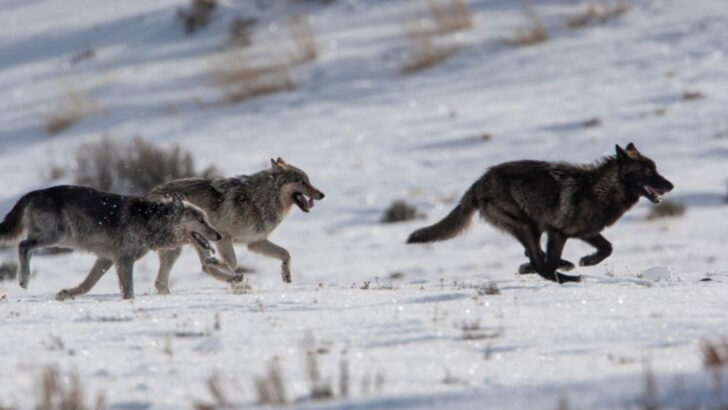Wolves didn’t just return to Yellowstone—they rewrote the entire story of the park’s ecosystem. When wolves were reintroduced to Yellowstone in 1995 after decades of absence, no one predicted what would happen next. They began by hunting elk, which had overpopulated and overgrazed the land. With fewer elk loitering near rivers, the vegetation—willows, aspens, and cottonwoods—finally had a chance to grow back. And with the trees came the beavers. Beavers built dams, which slowed the water and created new wetlands. Birds returned. Fish thrived. Insects exploded in numbers. Even riverbanks grew more stable. The land literally changed shape—all because the wolves came back. This chain reaction is called a trophic cascade—where one top predator transforms the entire ecosystem from the top down. Scientists had long suspected it could happen. Yellowstone proved it. It wasn’t just a wildlife comeback—it was a revelation. A reminder that when nature is given a chance, it knows exactly what to do.
Wolf Reintroduction
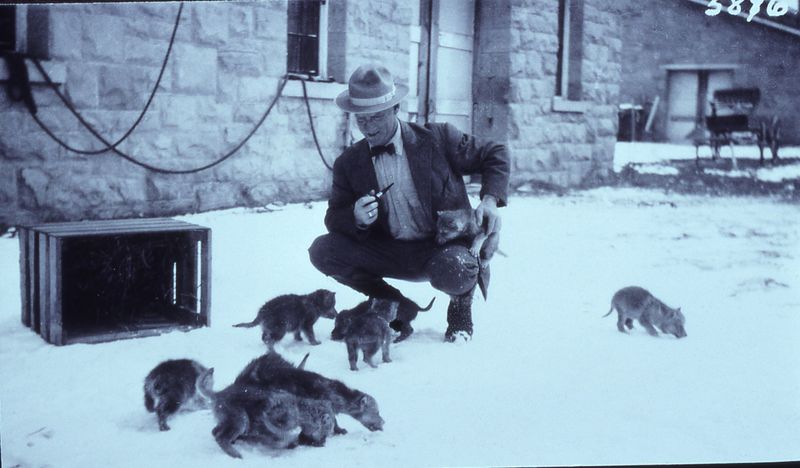
In 1995, wolves were reintroduced to Yellowstone, changing the park’s fate. Their return was not just a wildlife reappearance but a monumental ecological shift. The initial days were filled with challenges, but their presence was transformative.
Wolves, top predators, began regulating the elk population, a vital step in restoring balance. This reintroduction marked the start of an incredible ecological recovery, sparking interest in conservation efforts worldwide. Their impact went beyond expectations.
The majestic presence of wolves roaming the park once more symbolized hope and a new beginning. It was a story of resilience and survival.
Elk Population Control
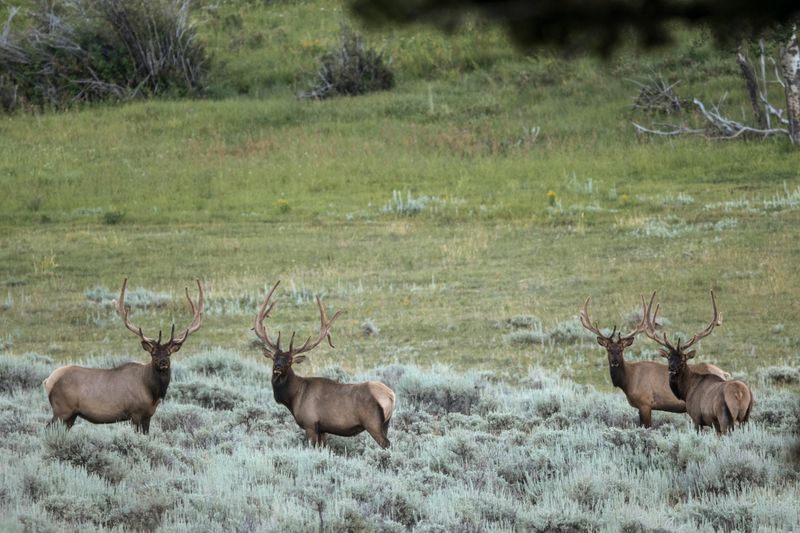
The overabundant elk population once dominated Yellowstone, overgrazing and affecting the landscape. With the wolves’ return, elk numbers were naturally controlled, leading to healthier vegetation.
This population control was crucial to restoring the park’s ecological balance. Elk began avoiding certain areas, allowing plants to regenerate. This change in behavior was essential for recovery.
The transformation was subtle yet profound, as the land gradually healed. It was a pivotal moment in understanding predator-prey relationships and the cascading effects they can have on ecosystems.
Vegetation Recovery
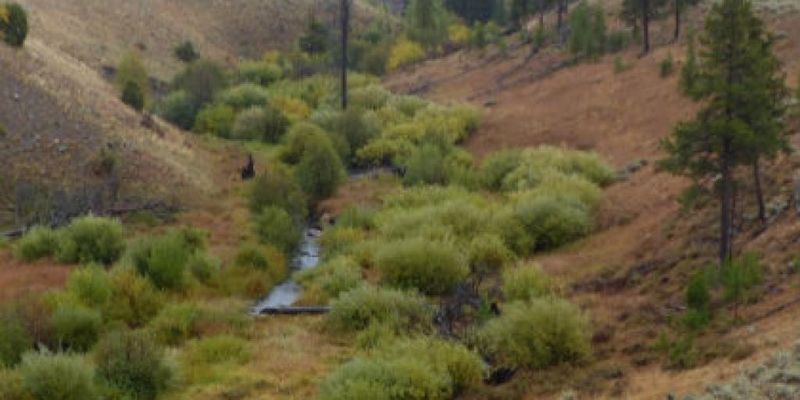
Vegetation in Yellowstone had suffered due to overgrazing by elk. With wolves curbing elk numbers, plants like willows and aspens began to flourish again.
This regrowth was not just about plants; it signified ecological revival. The rejuvenated vegetation supported a host of other species, creating a ripple effect across the park.
The story of vegetation recovery became a testament to nature’s resilience when given a chance to heal. The once barren landscapes turned green, symbolizing hope and renewal.
Beaver Comeback
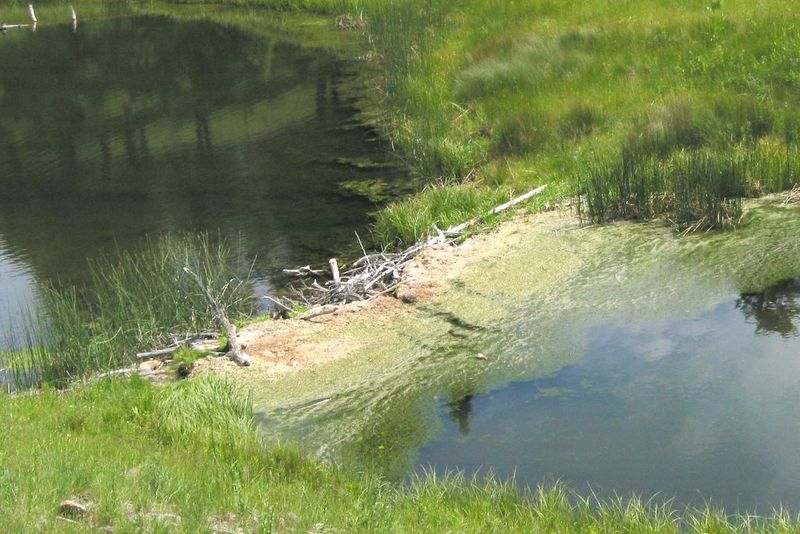
Beavers, nature’s engineers, made a remarkable comeback with vegetation recovery. Their return was pivotal, as they created dams that reshaped waterways.
These structures slowed water flow and formed new wetlands, benefitting countless species. Birds and fish thrived in these new habitats, showcasing the interconnectedness of nature.
The beaver’s role was a vital chapter in Yellowstone’s ecological success story. Their industrious nature exemplified the positive impact one species can have on an entire ecosystem.
Bird Population Surge
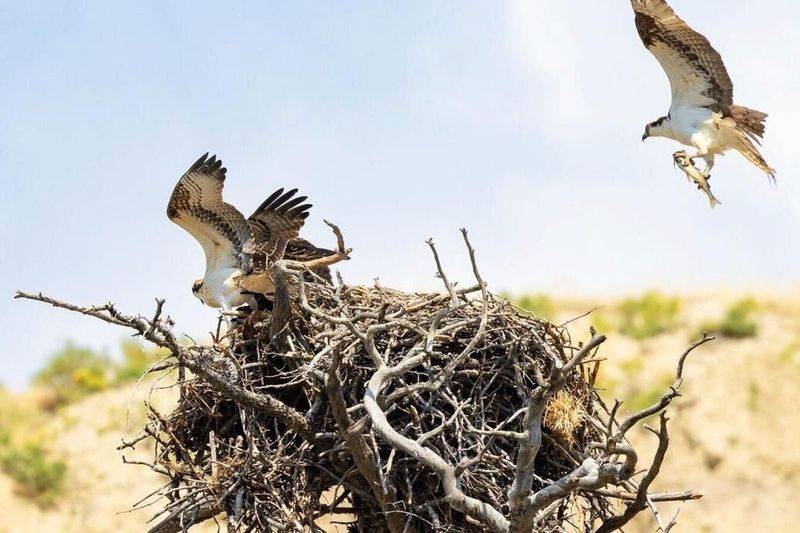
With the growth of vegetation and creation of wetlands, birds found a welcoming habitat in Yellowstone. Their numbers surged, adding life and color to the park.
Birds played a critical role in pollination and seed dispersal, further enhancing the ecosystem. Their presence was a sign of a thriving environment.
The avian resurgence was emblematic of ecological balance restored. Their songs once again echoed through the park, a beautiful reminder of nature’s symphony.
Stabilized Riverbanks
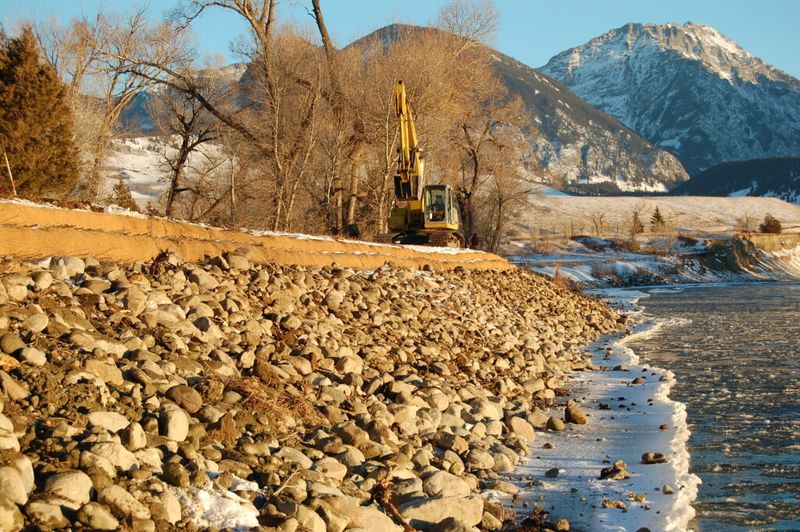
As vegetation regrew, riverbanks stabilized, reducing erosion and maintaining water quality. This stabilization was crucial for the overall health of Yellowstone’s waterways.
Stable banks meant better habitats for fish and aquatic insects, critical for the food chain. The changes were both visible and profound.
The riverbanks’ transformation highlighted the interconnectedness of land and water. It was a subtle yet essential aspect of the park’s recovery.
Scientific Revelation
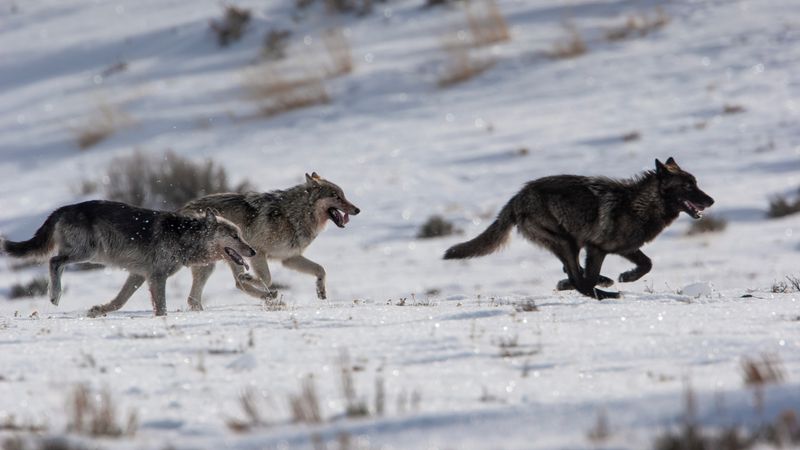
Yellowstone became a living laboratory for scientists studying the effects of predator reintroduction. The park offered insights into trophic cascades and ecosystem dynamics.
Researchers observed firsthand how wolves reshaped the land, providing valuable data for future conservation efforts. It was a groundbreaking revelation.
The scientific community gained a deeper understanding of nature’s complexity and resilience. Yellowstone’s story became a cornerstone of ecological studies worldwide.

